Windows 11 introduces an enhanced multitasking experience with its innovative Snap Layouts feature, making it easier than ever to split your screen and boost productivity. This powerful tool allows you to view and interact with multiple windows simultaneously, dividing your display into various sections for efficient workflow management.
Before we explore the different methods to split your screen in Windows 11, it's crucial to ensure that the 'Snap windows' feature is activated on your system.
Activating 'Snap windows' in Windows 11 settings
Although the 'Snap windows' feature is typically enabled by default in Windows 11, it's wise to confirm its status before proceeding.
To verify the Snap windows feature:
- Press
WINDOWS + Ito open the 'Settings' app. - The System settings view should appear automatically.
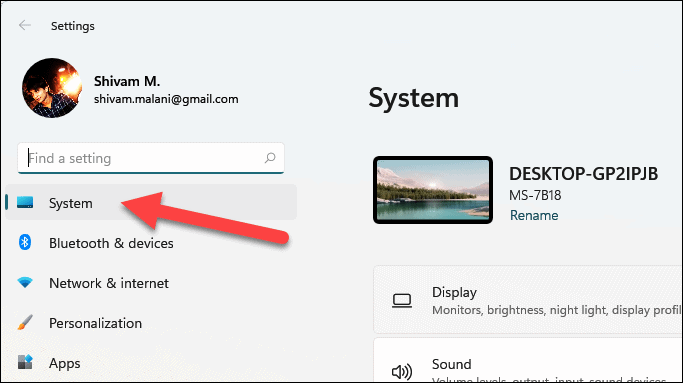
- Scroll down and select 'Multitasking' from the right panel.
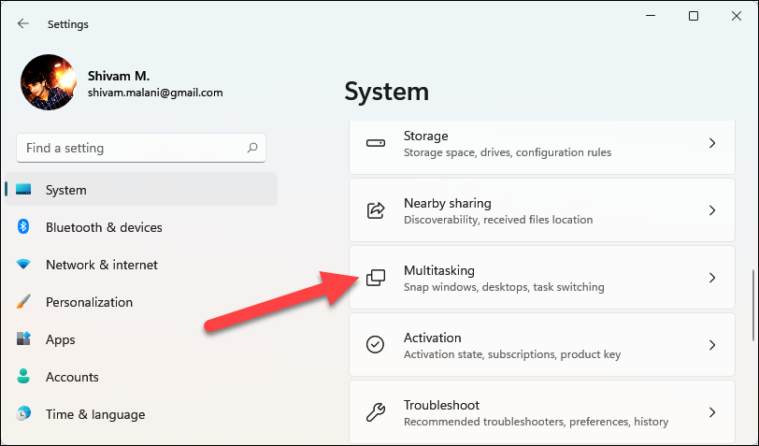
- Check if the toggle under 'Snap windows' is turned on. If not, click it to enable the setting.

- Review the additional options listed below and adjust them according to your preferences. However, it's recommended to keep the default settings initially.

Utilizing Windows 11 Snap Layouts
Windows 11 simplifies screen splitting with Snap Layouts, which are integrated directly into the maximize button of each window. This feature eliminates the need for manual window dragging or keyboard shortcuts.
To access Snap Layouts:
- Hover your cursor over the maximize button in the top-right corner of any window.
- A small box will appear, displaying four or six different screen-splitting options.
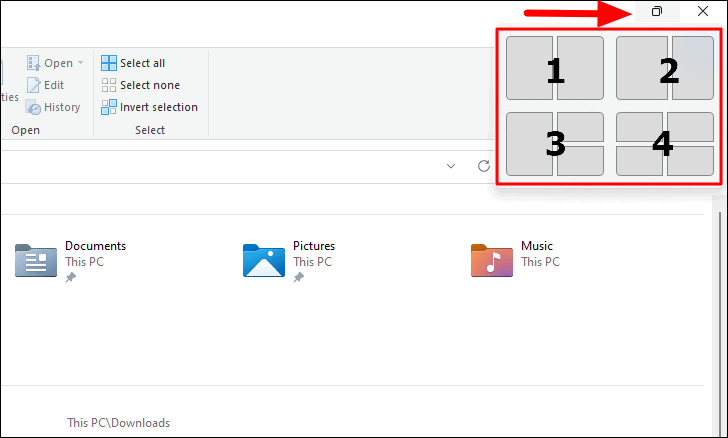
The available layouts include:
- Two equal halves
- Two unequal sections (left larger than right)
- Three sections (one half and two quarters)
- Four equal quarters
Splitting the screen into two sections
To divide your screen into two parts:
- Open the windows you wish to use.
- Hover over the maximize button of one window and select either half from the first layout option.

- The current window will snap to the chosen half, and thumbnails of other open apps will appear in the remaining space.
- Click on the desired app to fill the other half of the screen.

- You now have two windows side by side for simultaneous use.
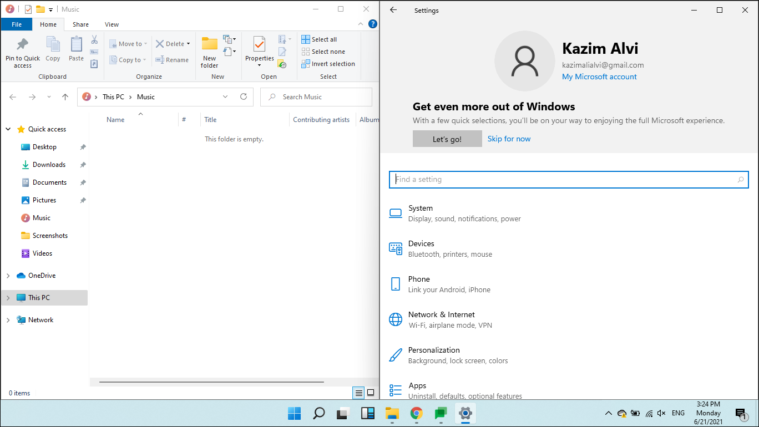
To resize the windows:
- Move your cursor to the dividing line between the windows.
- When a dark thick line appears, click and drag to adjust the size.
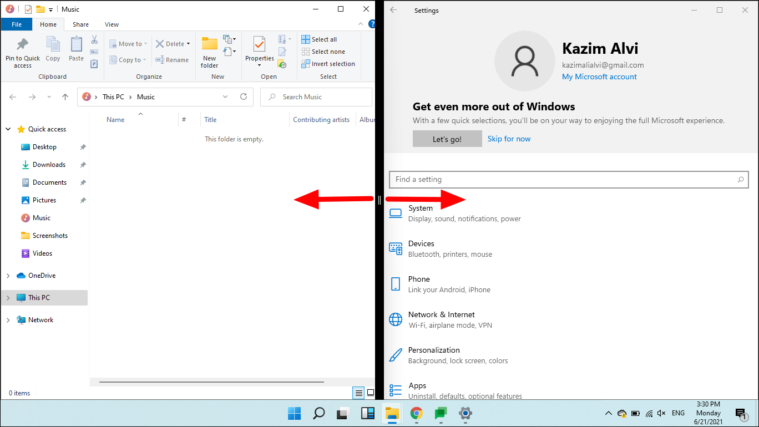
Splitting the screen into three sections
For a three-way split:
- Hover over the maximize button and choose one of the three parts in the third layout option.

- The current window will occupy the selected section, with other open windows displayed as thumbnails in the remaining space.
- Select the second window, which will take up half the screen.
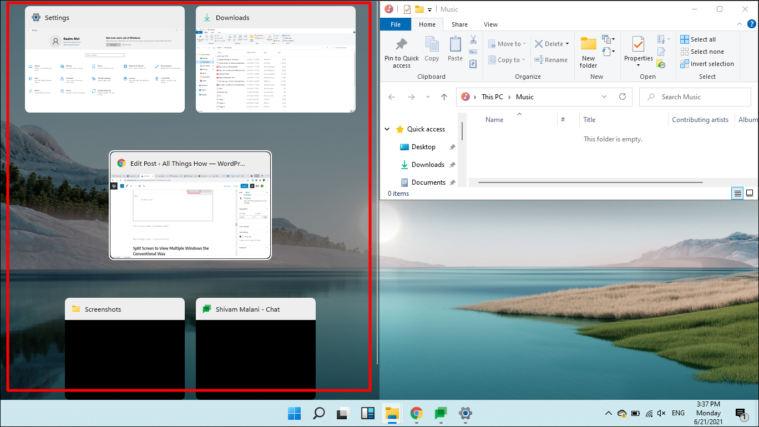
- Choose the third window to fill the last quarter.
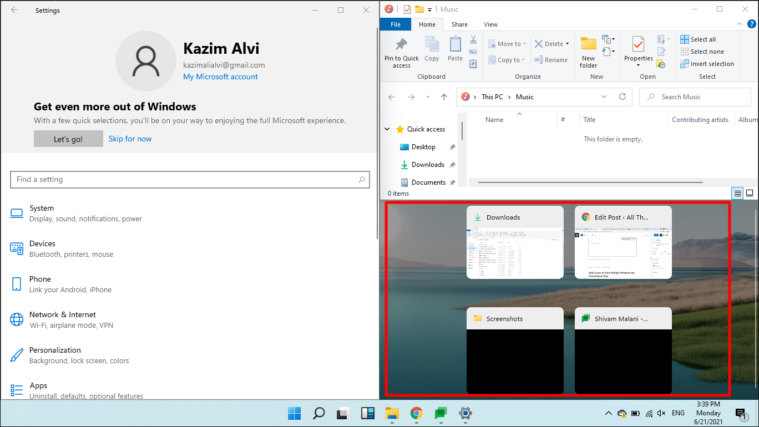
- Adjust window sizes by dragging the dividing lines as needed.
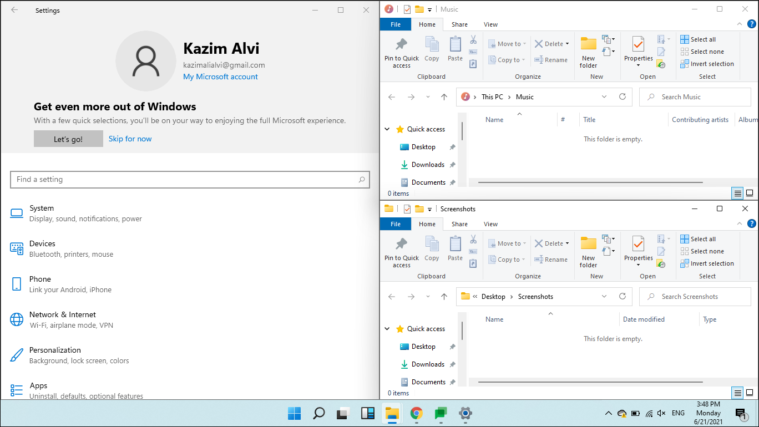
Splitting the screen into four sections
The process for a four-way split is similar to the three-way split:
- Hover over the maximize button and select a quarter from the last layout option.
- Choose the remaining windows to fill the other quarters.
Note: Splitting the screen into three or four sections may reduce visibility on smaller displays. It's recommended to use this feature on larger screens for optimal results.
Manual window snapping method
For users familiar with Windows 10's split-screen feature, Windows 11 retains the traditional manual snapping method:
Two-way split
- Click and drag a window to either side of the screen.
- Release when you see a translucent outline indicating the window's position.
- Select another window to fill the remaining space.
Alternatively, use the keyboard shortcut WINDOWS + LEFT/RIGHT ARROW KEY to snap a window to either side.

Three-way split
- Drag a window to any corner until you see a quarter-screen outline.
- Release the mouse to snap the window.
- Choose additional windows to fill the remaining space.
You can also use WINDOWS + UP/DOWN ARROW KEY to adjust a half-screen window to a quarter.
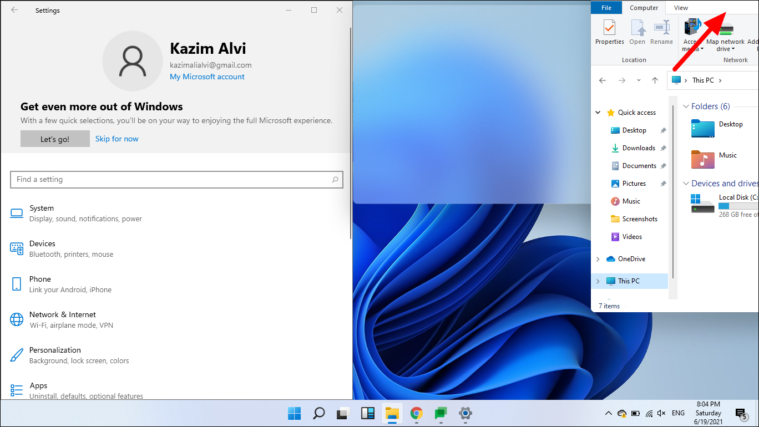
Four-way split
Follow the same process as the three-way split, but continue until all four quarters are filled.

With these methods at your disposal, you can effortlessly organize your workspace in Windows 11, enhancing your multitasking capabilities and overall productivity.

